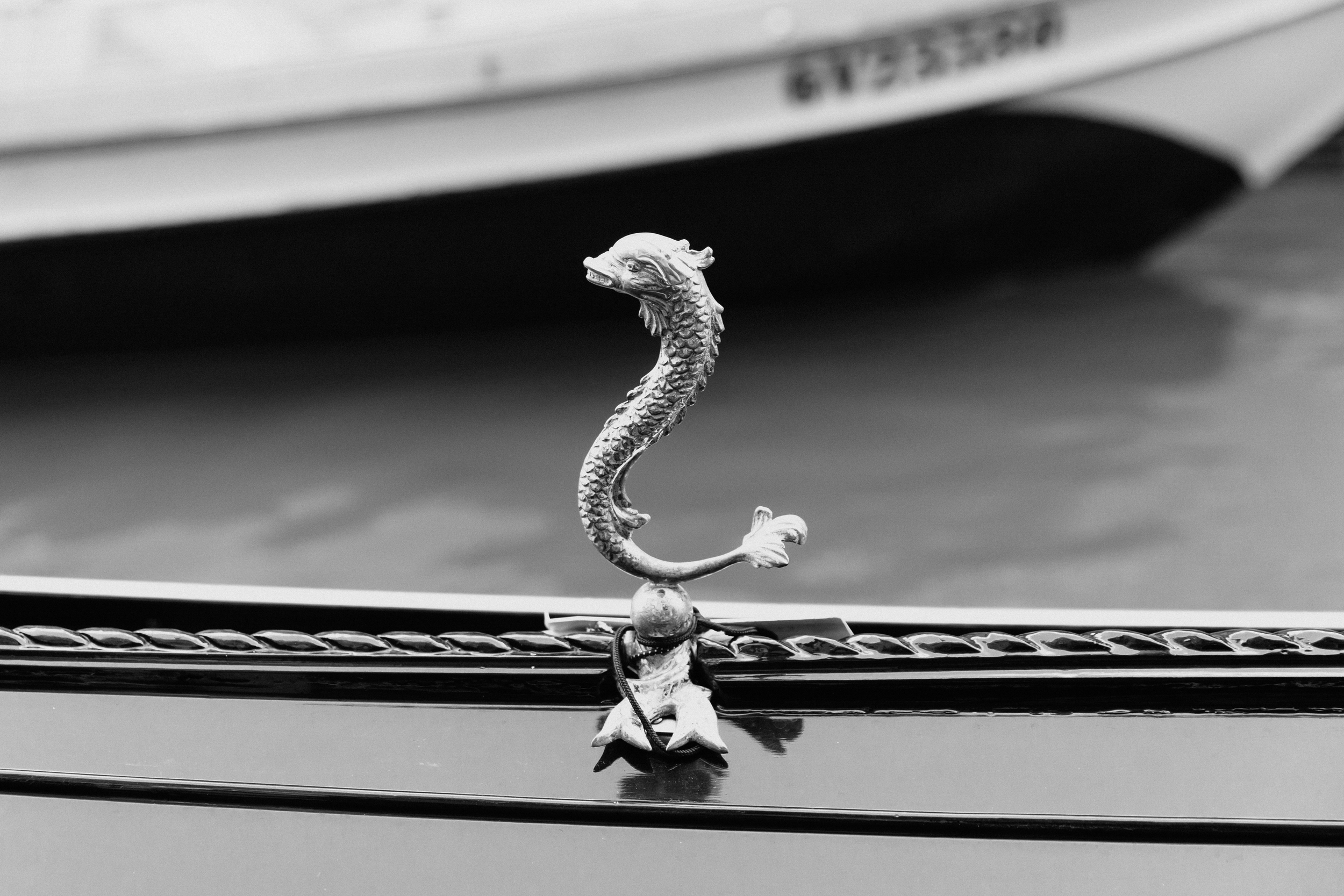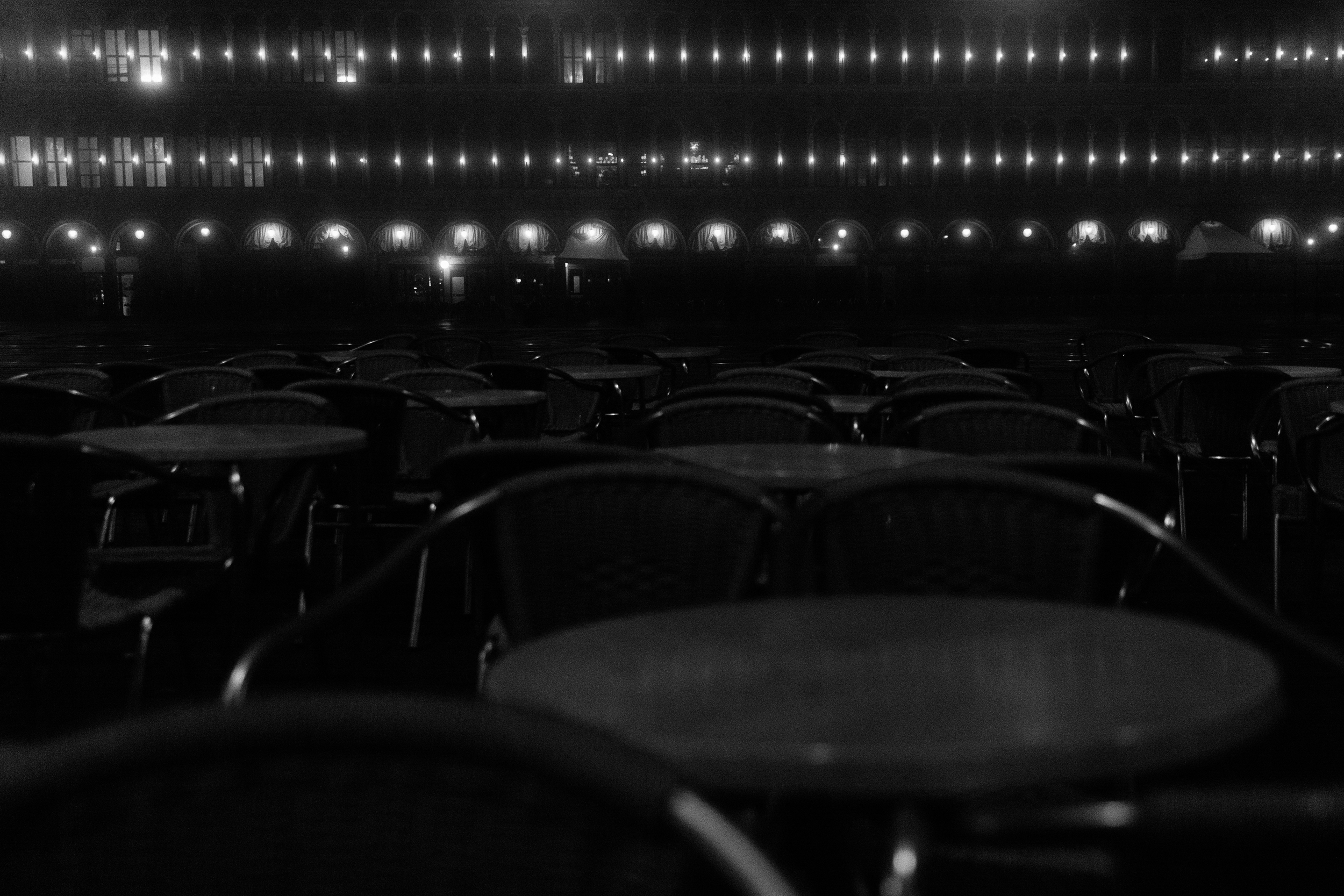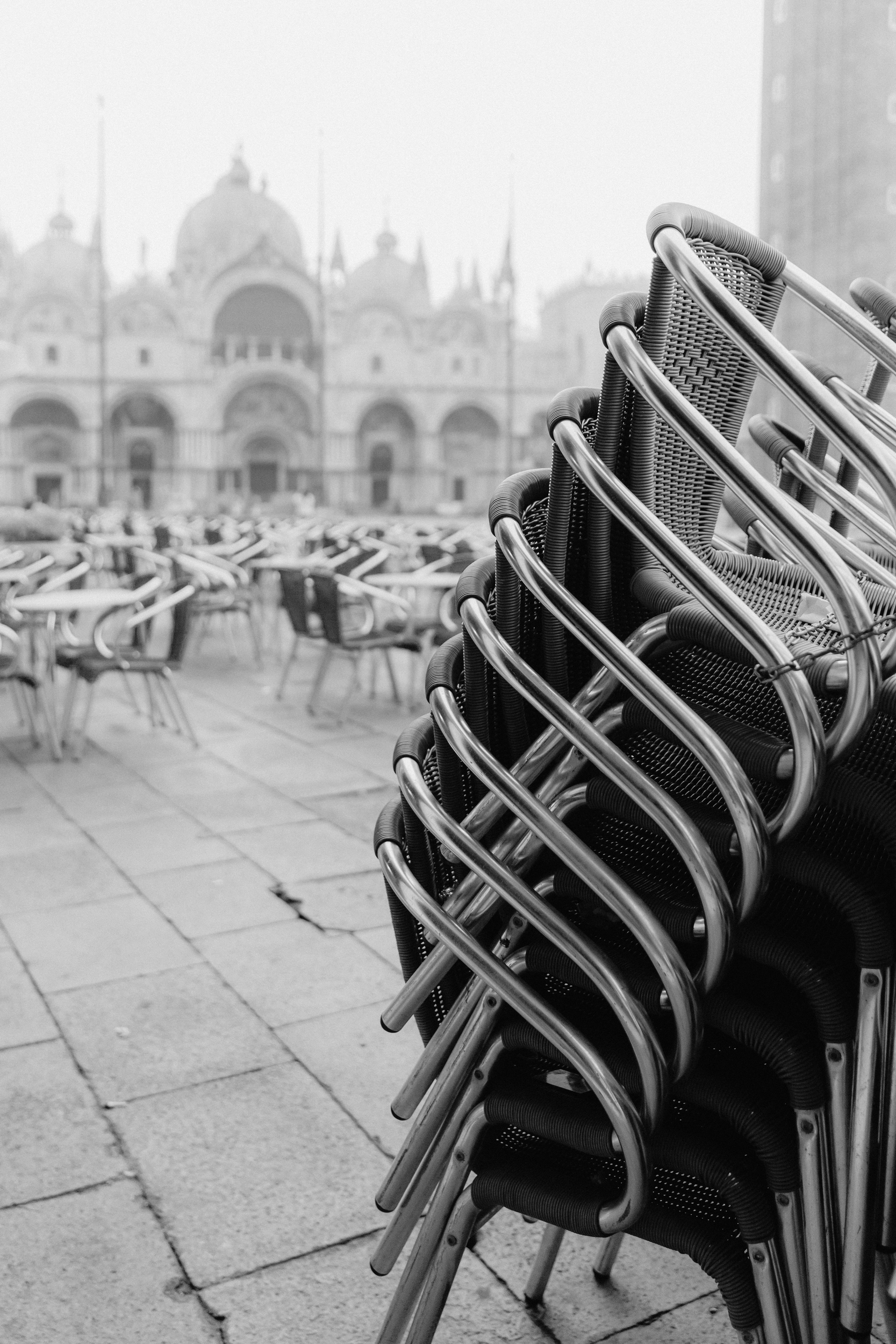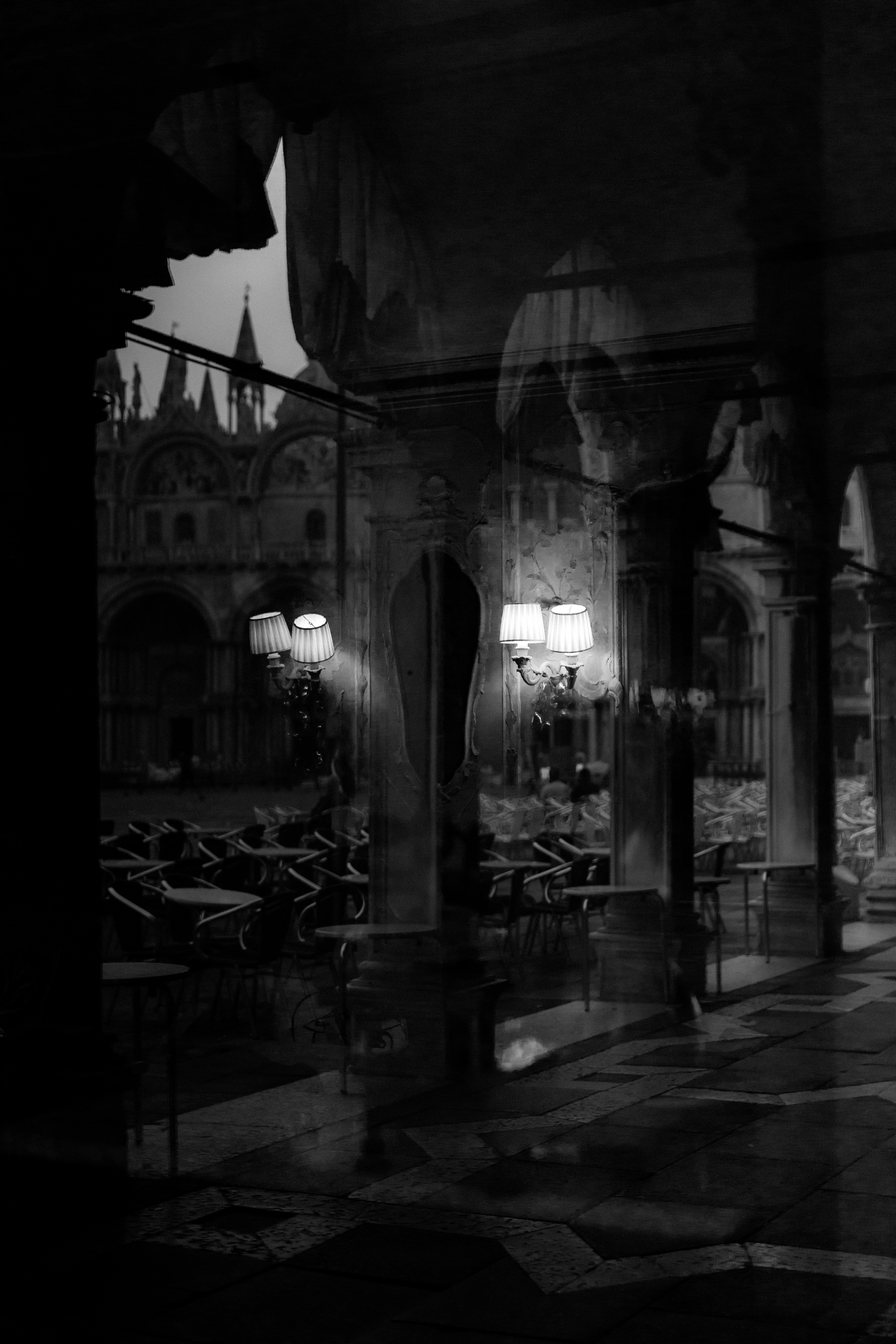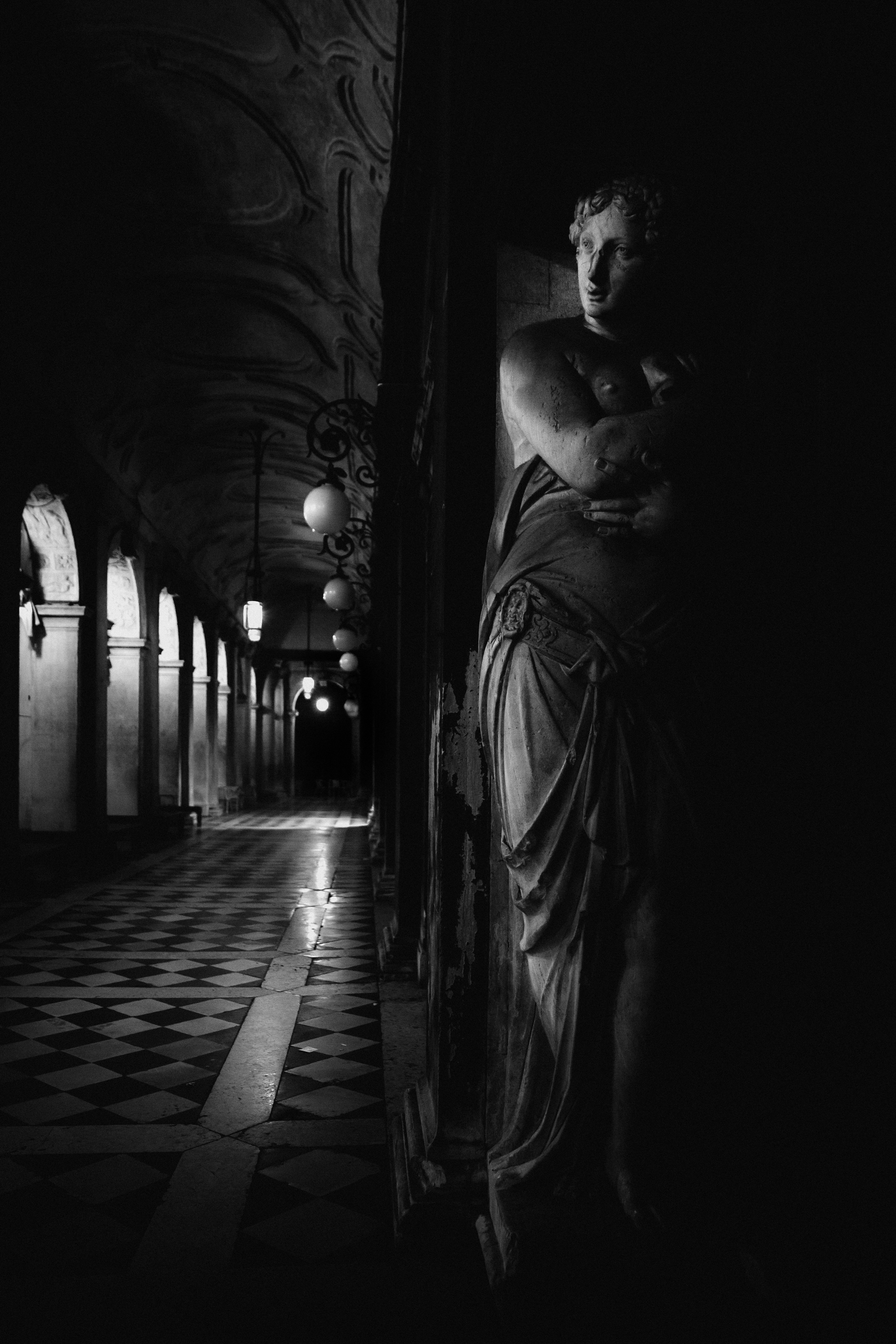Time Regained
The truth will only begin to emerge from the moment that the writer takes two different objects […] and encloses them within the circle of fine style […] unites them in a metaphor.
Time Regained, Marcel Proust
The series Time Regained born from the COVID-19 lockdowns takes you on a journey through the deserted, nude, yet always beautiful and strong-willed city of Venice. On the surface, this is about the city, but if we look a little deeper, it is about the viewer.
The protagonist of Marcel Proust’s novel In Search of Lost Time immerses himself in his life memories through external images and objects. Similarly, in finding metaphors through photographs’ names, viewers immerse themselves in their own reflections. Some metaphors are easy others are more complicated. For example, the photograph Crosses hides a philosophical Eva’s reflection on how modern media has replaced religion in some way, which became more evident during the lockdown period. However, I would like to give this play of imagination to the viewers. As the viewer navigates through the series, they will encounter thought-provoking images, such as Chained, On the other side, 2020-2021, etc., and finally Recovery.
Yes, we were stopped. However, the time wasn’t lost — it was regained. Flooding amid climate change and environmental challenges are the most important issues for Venice. During the COVID period, the city showed significant progress. In 2020, Venice was able to block floodwater thanks to the activation of its long-awaited flood barriers MoSE (Modulo Sperimentale Elettromeccanico). Venice’s ban on cruise ships was put in place and it could be a vital step towards saving the lagoon’s fragile ecosystem. The city’s new visitor tracking system could help create more sustainable tourism. All of these were done by people, and in turn, nature reacted. The series begins with the photograph Recovery, which is very symbolic and important. I had worked in Venice for many years and had never seen fish there. One day, between the COVID-19 lockdowns of 2021, running past the Bacino Orseolo Gondola Station, located just behind St. Mark’s Square, I could not believe my eyes — the fish had returned to the city and there were more of them than gondolas.
Lost Time or Regained is a personal choice that extends beyond the lockdowns.

